Report this entry
More from the same community-collection
Vista del Sol Elementary School - El Paso, Texas
Vista del Sol Elementary School students are committed to having ...
Juarez Building with Bullet Holes after Battle, May 11, 1911
Building unidentified. On the day after the Battle of Ciudad ...
Juarez Church with Bullet Holes after the Battle, May 11, 1911
Church unidentified. On the day after the Battle of Ciudad ...
Maderista on Horse, Juarez, May 11, 1911
On the day after the Battle of Ciudad Juarez, May 11, 1911, my ...
Maderista on Water Tower in Juarez, May 11, 1911
On the day after the Battle of Ciudad Juarez, May 11, 1911, my ...
Maderistas climbing on church, May 11, 1911
Church/Building unidentified. On the day after the Battle of ...
Two Maderistas in Juarez, May 11, 1911
On the day after the Battle of Ciudad Juarez, May 11, 1911, my ...
Woman Maderista on Horse, May 11, 1911
On the day after the Battle of Ciudad Juarez, May 11, 1911, my ...
Women and Men Maderistas with Cannon, May 11, 1911
On the day after the Battle of Ciudad Juarez, May 11, 1911, my ...
Alfred Kleyhauer in Juarez Building Damaged During Battle
Many buildings were damaged by gunfire and artillery during the ...
Alfred Kleyhauer, Carnegie Library 1910 - El Paso, Texas
Alfred and Annie Kleyhauer, my grandparents, lived in El Paso ...
Annie Kleyhauer, 417 N. El Paso St, 1910
Annie on the porch of their rooming house at 417 N. El Paso St ...
Alfred and Annie Kleyhauer with Puppy c. 1910
Alfred and Annie Kleyhauer, my grandparents, with their puppy ...
Alfred Kleyhauer with Puppy c. 1910
Crawford's Theater in background. Alfred Kleyhauer with puppy ...
Annie Kleyhauer, Puppy, 417 N. El Paso St 1910
Puppy leaning on my grandmother, Annie Kleyhauer. She and ...
El Paso Kennel Club Medal 1910 Reverse
Alfred Kleyhauer showed his Dalmatian dog in the El Paso Kennel ...
El Paso Kennel Dog Show Program 1910
Alfred Kleyhauer showed his Dallmatian Dog in the 1910 El Paso ...
El Paso Kennel Club Dog Show Program 1910
Alfred Kleyhauer showed his Dalmatian Dog in the 1910 El Paso ...
Alfred Kleyhauer at Poodle Dog Barber Shop c. 1910
We believe this is the Poodle Dog Barber Shop, at 318 San ...

















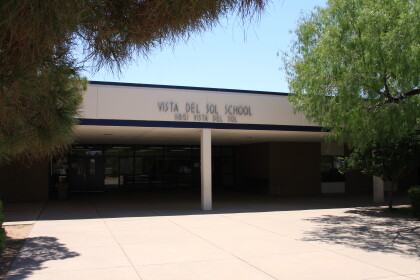
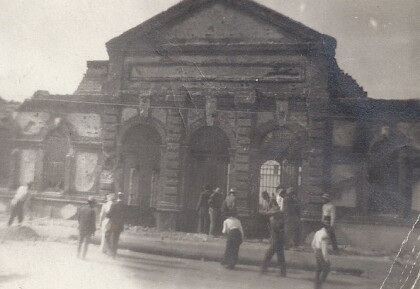
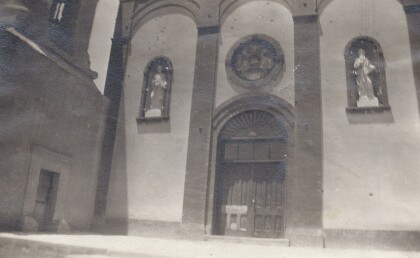
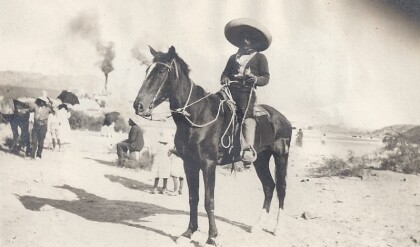
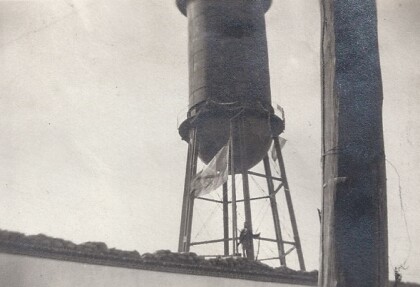
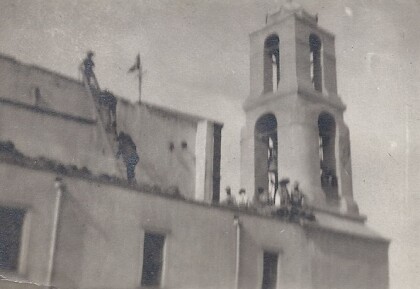
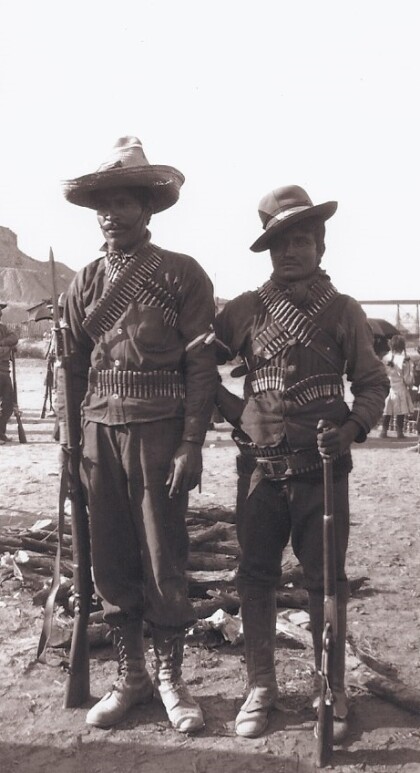
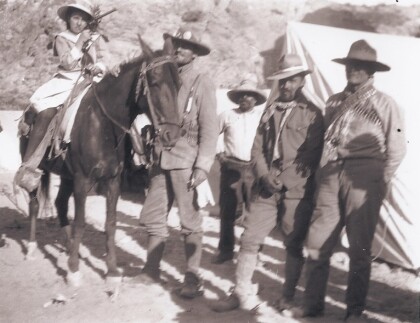
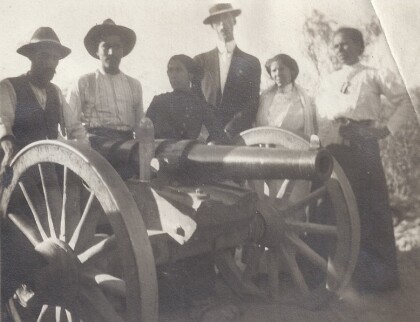
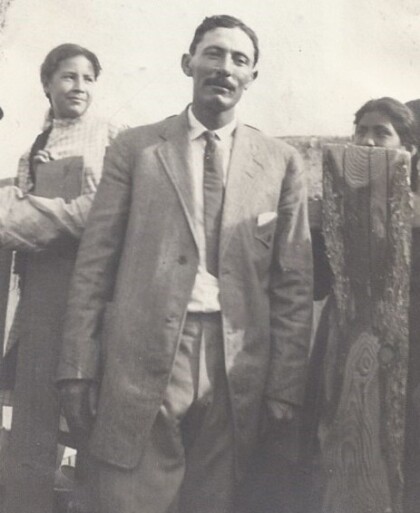
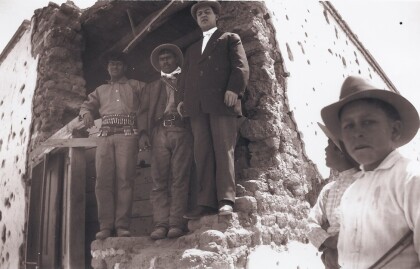
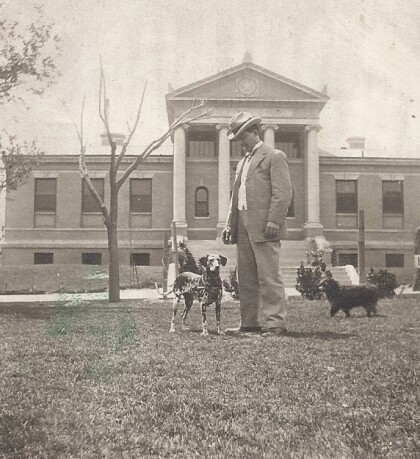
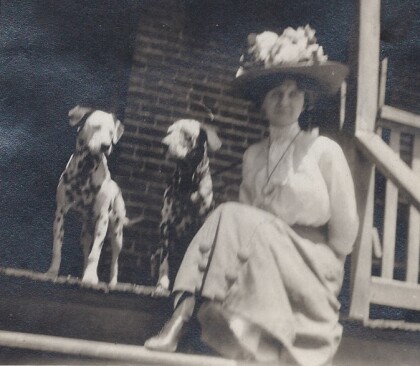
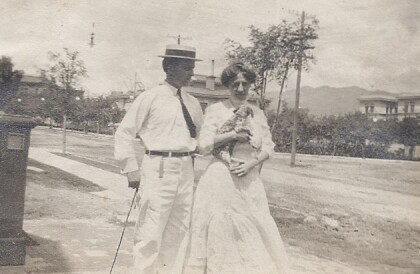
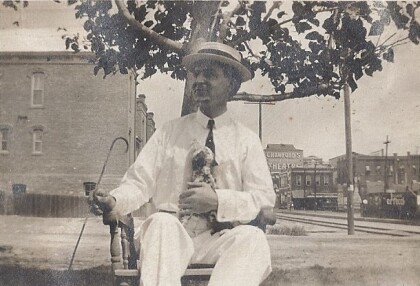
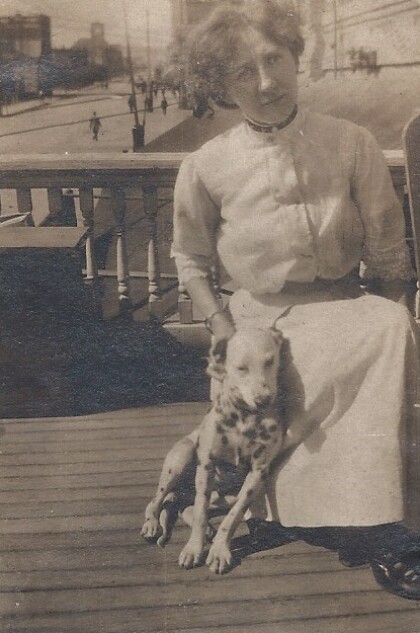
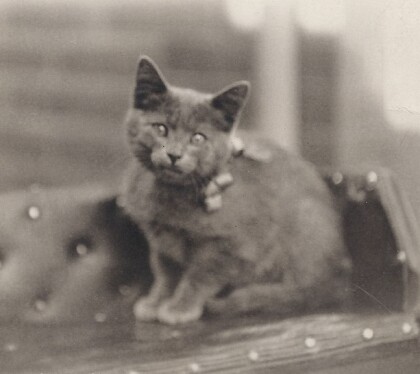
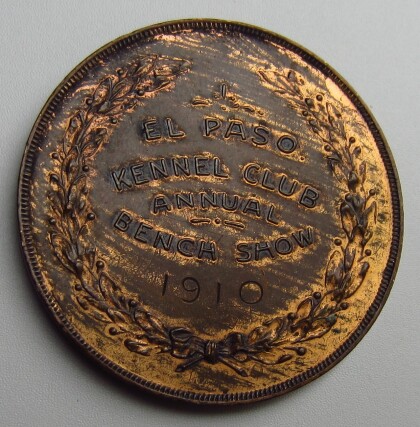
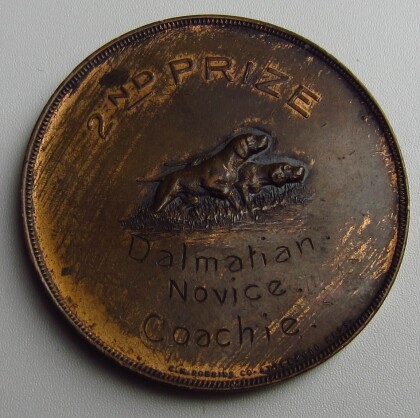
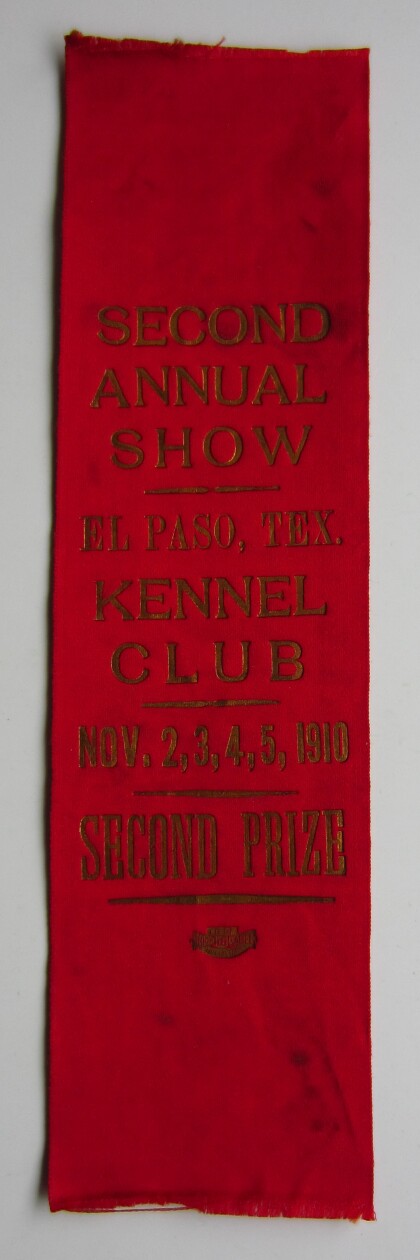
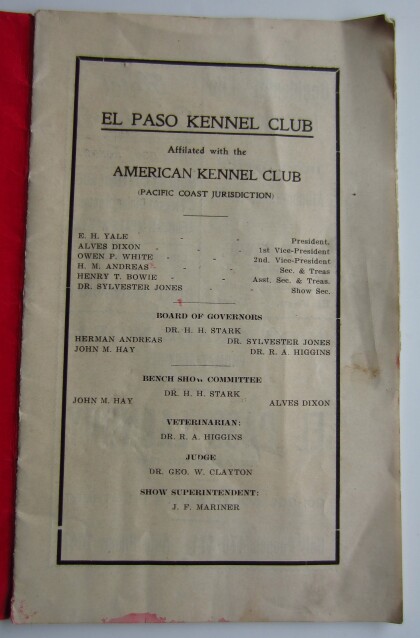
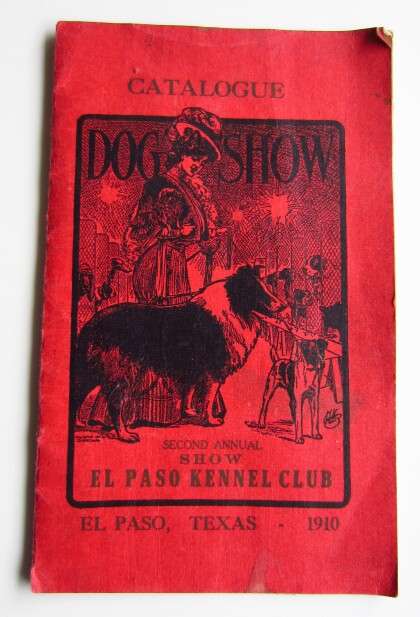
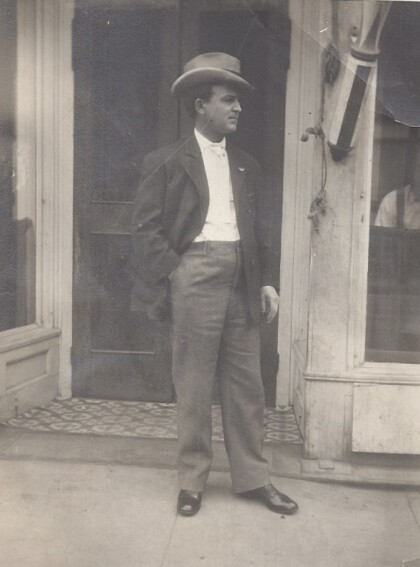
Comments
Add a comment